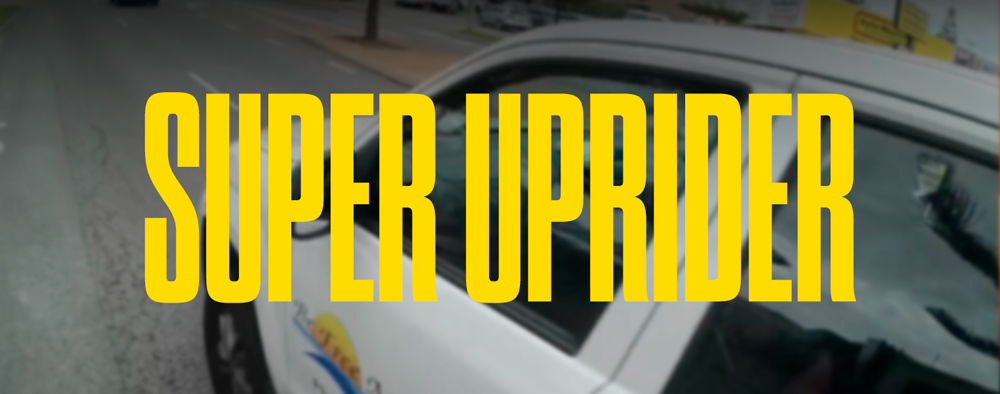An UpRider was cycling along a familiar route a few miles from home in a quiet suburban area when a distracted driver suddenly turned into a driveway without signaling, resulting in a collision. Incidents like this are all too common for cyclists, which is why the UpRider started recording with his Fly12 Sport. In addition to distracted drivers and inadequate infrastructure, the importance of anticipating and avoiding dangers are also critical factors in protecting cyclists.

What happened prior to this incident and why do you record your ride?
I was near the end of a 30-ish mile mixed surface tempo ride on the coast, just a few miles from home, cruising on a quiet suburban arterial, next to a park.
I have been cycling 8 – 12 hours per week for the past several decades, both on and off-road, including lots of commuting in urban and suburban environments. I have been knocked off my bike by folks driving motor vehicles a number of times, and a few years ago my daughter and son in law gifted me a Cycliq Fly12, “just in case.” I adopted the habit of running it during all my rides that involve time on the road, which is most of my rides.

When do you feel most vulnerable as a cyclist?
I am always aware of my vulnerability when I am near motor vehicles, but I think I feel most vulnerable on suburban arterials where there is a large speed differential between myself and the motor vehicle traffic, and when there are numerous distractions to drivers and lots of potential for sudden turns onto cross streets and into driveways.

What do you think are the most important things that can be done to improve safety for cyclists on the road
Aside from the usual education and enforcement efforts that must be continuous, I firmly believe the most gains can be made by improving cycling infrastructure. I am partial to focusing public resources on improving design of designated bike lanes, as opposed to creating physically separated bike facilities. Reducing or narrowing motor vehicle lanes to “calm” (slow down) traffic, introducing buffered bike lanes, and especially shading bike lanes to make areas where bike and motor vehicle traffic must cross (intersections, highway onramps, etc.) will produce the most improvement in safety for a given investment.

Did you report your incident? What was the reporting process?
Bystanders called police and paramedics to the scene and an accident report was produced by the police. I took issue with a few details in the report and was allowed to add my comments in an amendment to the report. Although the police report noted that the driver of the car involved was at fault and had made an illegal turn in violation of the vehicle code, I was told that it is the department’s policy to not issue citations at accident scenes unless an officer witnessed the incident.

What do you think about UpRide?
I think UpRide can be a useful educational tool, particularly to demonstrate to the non-cycling community how vulnerable cyclists are, and the need for us to all watch out for each other. I think law enforcement and legislators should be particularly interested in the amount and seriousness of intentional aggressive behavior directed at cyclists.
However, I think there are lots of “incidents” uploaded that are typical of the situations that all urban/suburban cyclists encounter on every single ride, and may just contribute to a sense of victimhood and outrage within the cycling community that is ultimately unhelpful. The fact is, drivers are faced with chaotic environments with many distractions, and every cyclist I know is extremely vigilant and regularly sees and avoids potentially serious incidents, similar to the one I was just involved in. I’m not excusing the negligence of drivers or minimizing the tragic consequences of that negligence, but I think we, the cycling community, can make ourselves safer by maintaining a high level of situational awareness while riding, and by advocating in a rational and persuasive way for changes to infrastructure and laws that will meet our goals.

What is your advice for other cyclists?
Besides my comments above, be vigilant, anticipate and avoid dangerous conflicts with vehicles, don’t behave in ways that provoke drivers, and record your rides whenever possible. If law enforcement does not respond when presented with video evidence of dangerous or aggressive incidents, advocate for changes to policy or law.

Want to share your story?
We’d love to hear from you. If you would like to share your stories and experience as a cyclist please reach out to the UpRide team.












